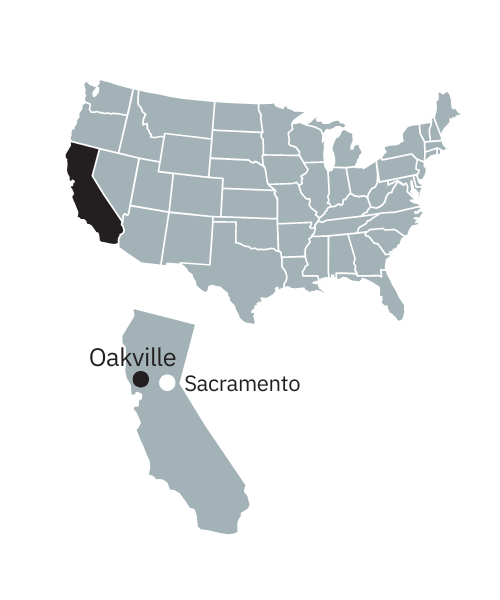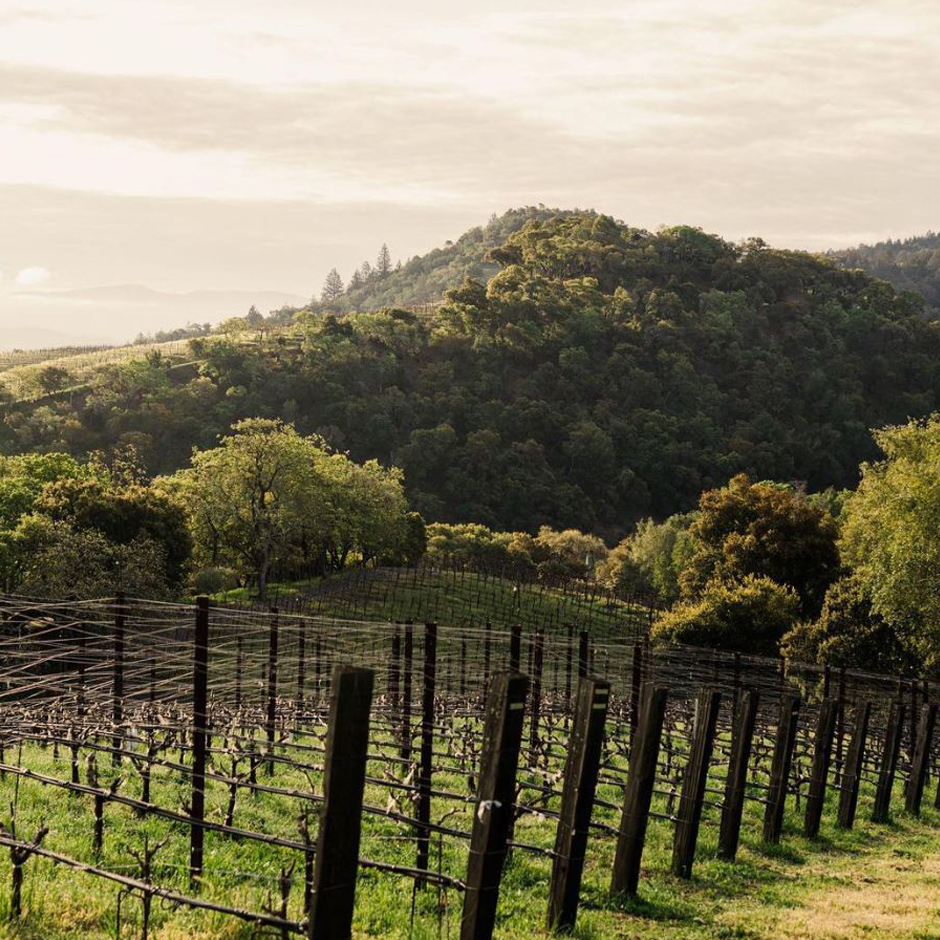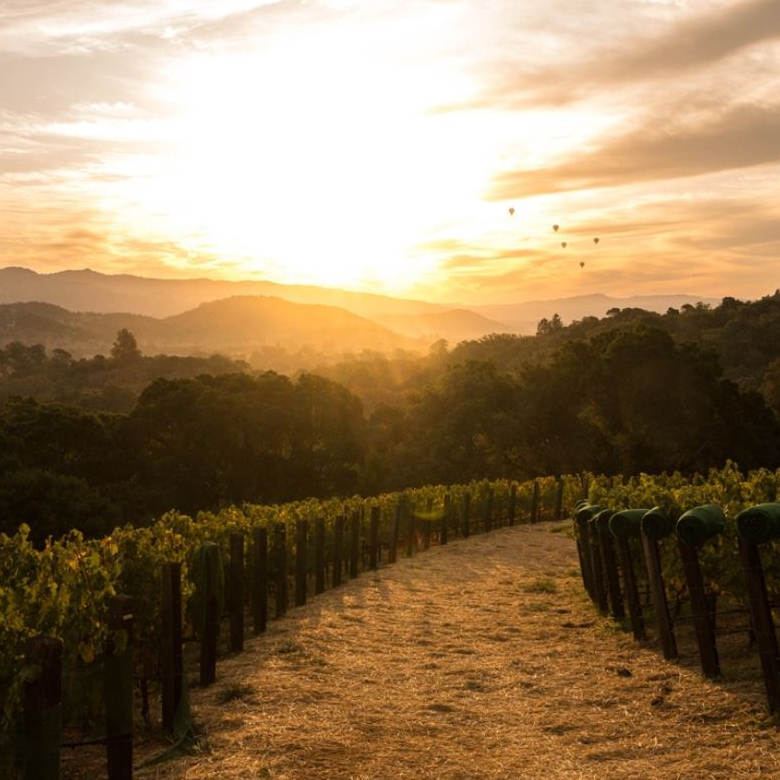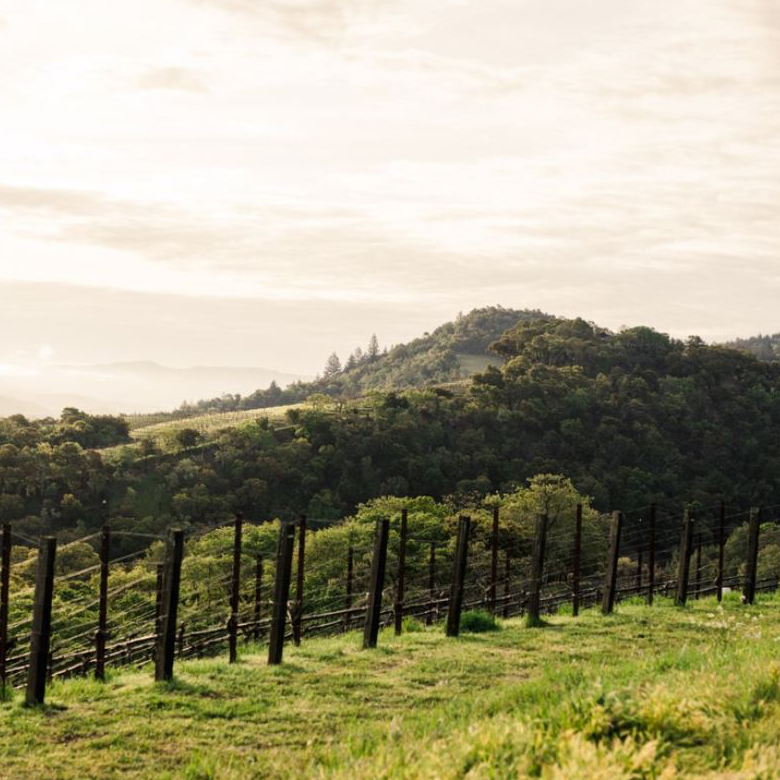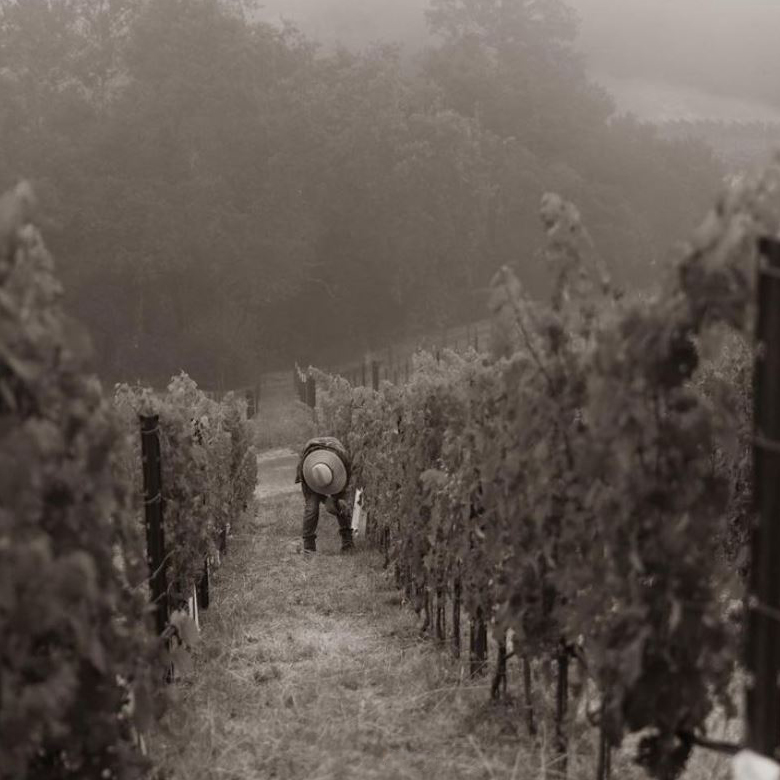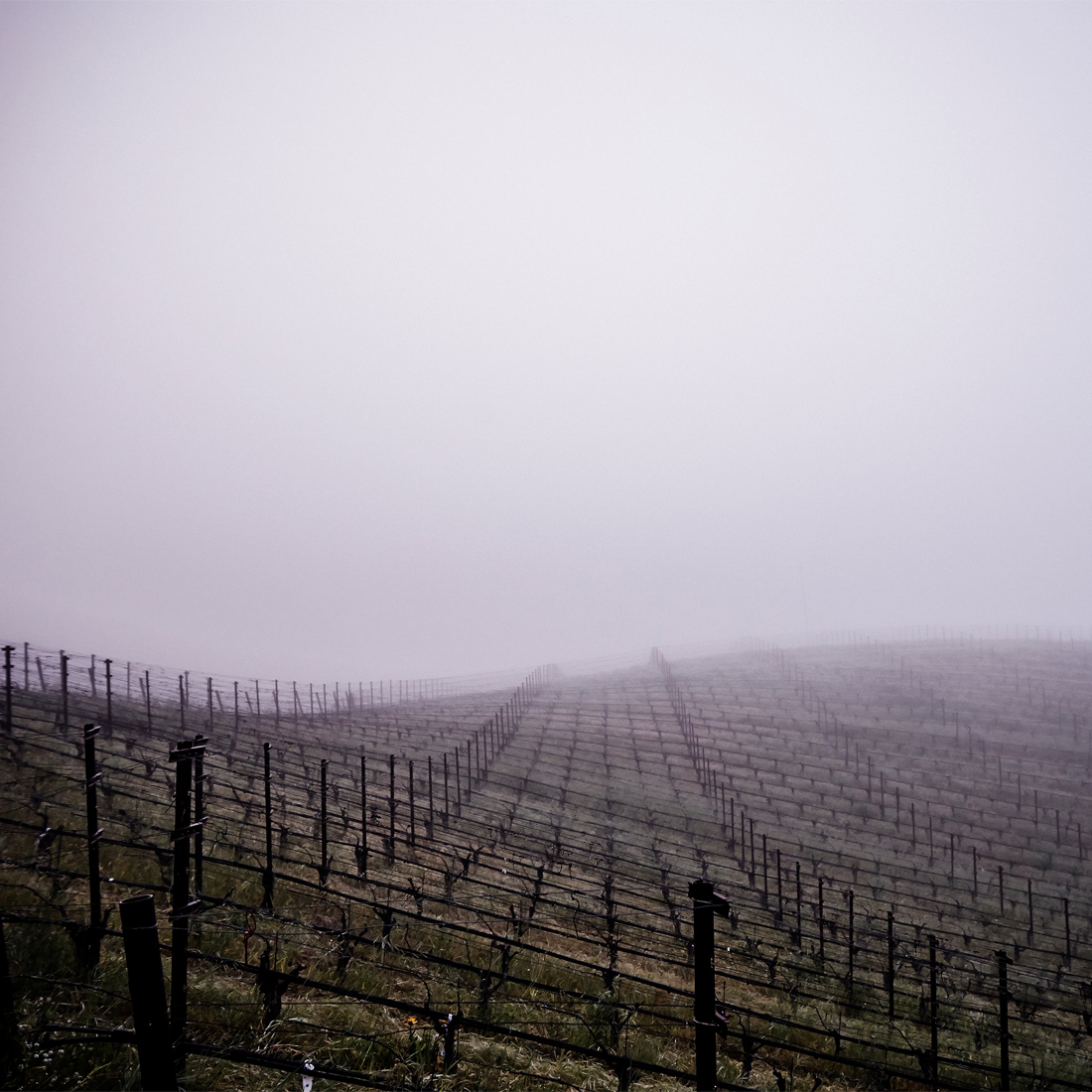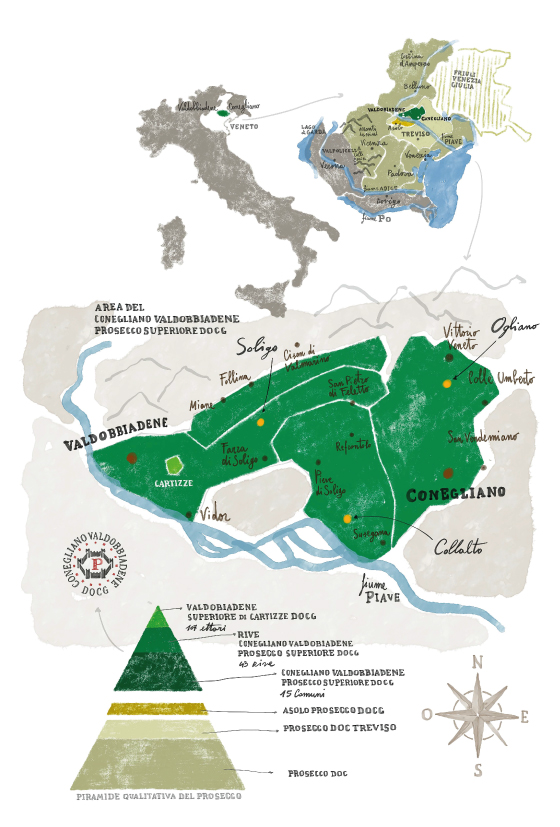
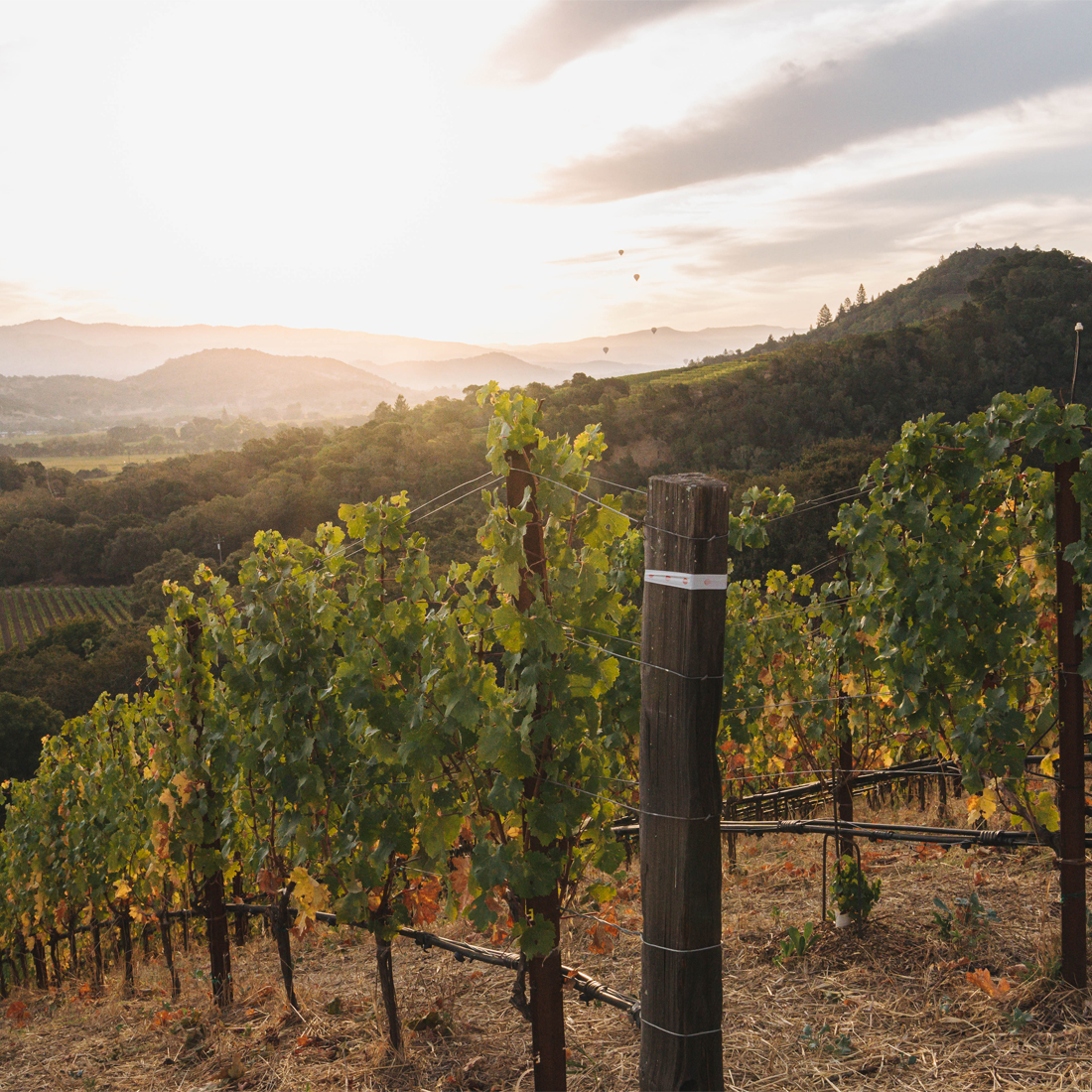
THE COMPANY
The Mascot began as a family wine, without a name or label. Its components are of the highest pedigree, coming from the youngest vines at Harlan Estate, Bond and Promontory, with hints of the individual character embodied by each of the grands vins. The maturation process is long, resulting in a delicious, vibrant wine with the depth that allows for extended ageing. A single thread guided the choice of name and label: the team’s shared passion for dogs. The Mascot label was inspired by Prince, a white English bull terrier who lived at the Farmers Deposit National Bank in Pittsburgh, where he served as guard dog and mascot for the local baseball and hockey teams. The Mascot introduces newcomers to the pleasures of Napa Valley Cabernet, opening the door to the family’s grands vins, whose roots run even deeper.

